Description
The Unsung Hero of Filtration: Understanding Activated Carbon CTC 55 6×12 Mesh
We often take clean air and water for granted, but behind the scenes, a workhorse material is quietly doing its job: activated carbon. While various types and specifications exist, one particularly common and effective form is Activated Carbon CTC 55 6×12 Mesh. Let’s unpack what this means and why it’s so widely used.
What is Activated Carbon?
At its core, activated carbon is a carbonaceous material – think wood, coconut shells, or coal – that has been treated to increase its surface area dramatically. This treatment, often involving high temperatures and chemicals or steam, creates a vast network of tiny pores, giving the carbon a sponge-like structure. This incredible surface area is what makes it so effective at capturing and holding onto impurities.
Understanding the “CTC 55” Designation
The term “CTC 55” refers to the Carbon Tetrachloride (CTC) activity of the activated carbon. During testing, the amount of CTC vapor that a sample of activated carbon can adsorb is measured. A CTC value of 55 indicates that this particular activated carbon has a moderately high adsorption capacity, meaning it’s good at trapping impurities. In simple terms, a higher CTC value generally translates to better performance. This parameter is important for applications where filtering volatile organic compounds (VOCs) is crucial.
The Significance of “6×12 Mesh”
The “6×12 mesh” designation describes the particle size of the activated carbon. Imagine a sieve – the “mesh” refers to the number of openings per linear inch. A 6×12 mesh means that the particles are between 6 and 12 mesh size. In practical terms, these particles are relatively coarse. This size is often preferred because:
Good Flow Rates: The larger particle size allows for adequate airflow or water flow without creating excessive resistance. This is crucial in filtration systems where efficient throughput is necessary.
Reduced Dust: Compared to smaller mesh sizes, 6×12 mesh produces less dust, which is beneficial during handling and in systems where dust accumulation can be problematic.
Optimized Performance: While not the smallest available, this mesh size offers a good balance between surface area for adsorption and the flow characteristics that many applications demand.
Applications of Activated Carbon CTC 55 6×12 Mesh
The combination of good adsorption capacity and reasonable particle size makes CTC 55 6×12 mesh activated carbon versatile and widely used, including:
Water Filtration: Removing chlorine, organic compounds, and other impurities from drinking water, wastewater, and industrial process water.
Air Purification: Filtering out odors, volatile organic compounds (VOCs), and other airborne pollutants in air filters, HVAC systems, and specialized industrial applications.
Industrial Processes: Decolorizing solutions, purifying chemicals, and recovering valuable materials in various manufacturing processes.
Gas Separation: Separating specific gases from mixtures, such as in biogas purification.
Personal Protection: Used in respirators and other personal protective equipment to absorb toxic fumes and gases.
Why Choose Activated Carbon CTC 55 6×12 Mesh?
This specific type of activated carbon offers a good balance between effectiveness and practicality. Its CTC value suggests a decent adsorption capability, and the 6×12 mesh size enables efficient filtration flow with minimal dust. This combination makes it a cost-effective and reliable choice for many applications.
In Conclusion
Activated Carbon CTC 55 6×12 Mesh may not be a household name, but it plays a crucial role in ensuring cleaner water, purer air, and more efficient industrial processes. Its versatility and effectiveness make it a vital component in our modern world, quietly improving the quality of our lives. So, next time you drink clean water or breathe fresh air, remember the unsung hero: activated carbon.



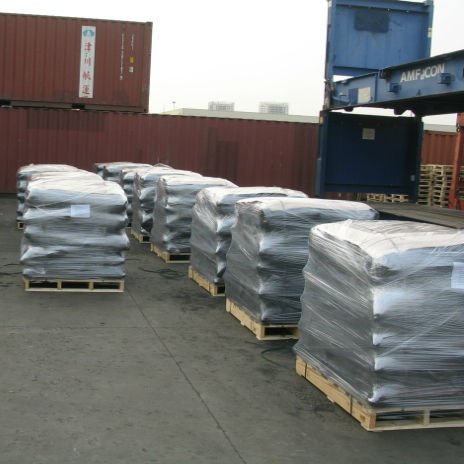


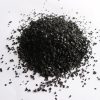
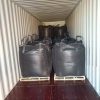
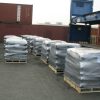
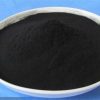

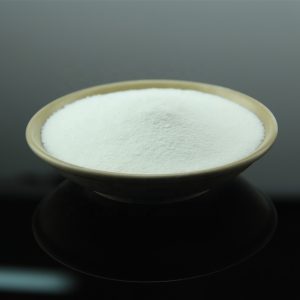
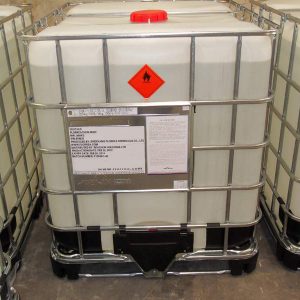
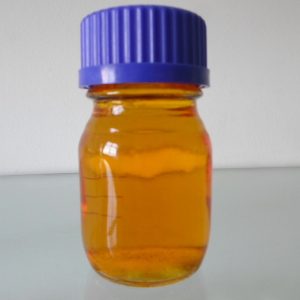
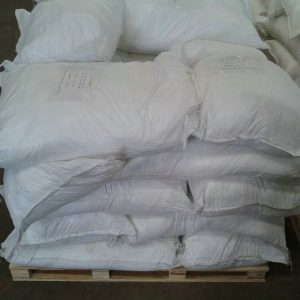

Reviews
There are no reviews yet.